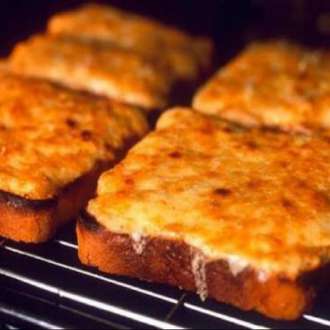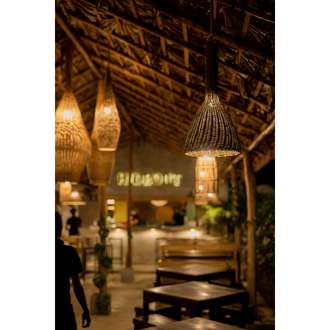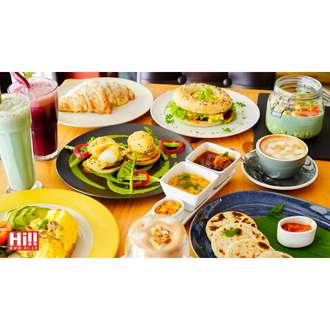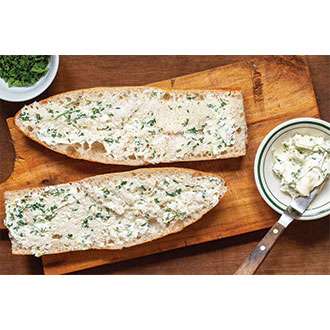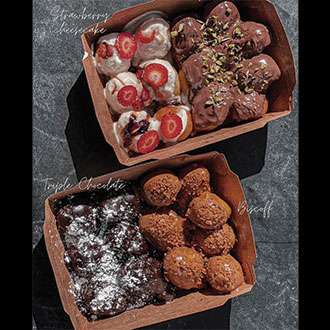
Fresh courgettes (zucchini) and artichokes in the Marché de la Libération
It is a particularly charming thing, especially in the Mediterranean on a temperate summer’s day, to amble along rows of stalls selling local produce and bric-à-brac. Such sights and sounds, tastes, fragrances and curiosities have constituted the particular allure of more-or-less sleepy seaside towns for centuries, inspiring poets and painters, chefs and travellers alike to make their respective pilgrimages to one or other colourful destination time and again. But charm is a delicate thing, apt to be whispered rather than shouted about – and it can, alas, be broken in upon by hordes of selfie-stick-wielding, cap-headset-and-plastic-flag-bearing newcomers seldom concerned with truly absorbing and respecting native lore. Which, I think, is what a less synthetic and pre-packaged experience should aim to do.
The most famous, most visited, and potentially most agoraphobia-inducing venue in Nice is the Marché aux Fleurs Cours Saleya. It may, then, be the most touristy, the most cliché and the most prone to swarms of tour groups, but it still warrants a visit for the first-timer, if only because it is a natural gateway from the Promenade to the old town, a short walk from the Port and only a few steps from the base of the Colline du Château. At peak times in the summer, perusing the stalls amounts to a game of dodgems, but it can be quieter early morning and on Mondays, when antiques replace the usual foods, flowers and souvenirs. From June to September there is also a night market with arts and crafts. Prices are generally high, and more expensive than elsewhere, but one can find the odd bargain, especially if one aims to strike up a good relationship with the sellers (an affable greeting in French is a good start). The Antiques Market has grown and broadened of late, and some very intriguing items have begun to surface, with rare books, silverware and oddities out in abundance. In absolute terms, snacks are affordable, and it is a good place to eat socca (a kind of crêpe made from chickpea flour, eaten plain, ideally a bit burnt and crispy) – preferably with a glass of rosé - and fougasses (large interlocking breads with combinations of olives, rosemary, tomato, cheese, ham and other provençal flavours).

Jean-Patrice at the Flower Market & A Tomato Vendor, Cours Saleya
Just off the market are several additional points of interest: on Rue St. François de Paul is the original Petite Maison restaurant as well as Nicolas Alziari, Nice’s historic Olive Oil manufacturer since 1868; the Opera house - which often has very good student deals - and Auer, founded in 1820, which has the best chocolate almonds you will likely ever eat (pricey, but a wonderful treat which pairs brilliantly with an espresso), as well as retro displays harking to another age. There is also, conveniently, an ATM machine and Le Hussard, a rooftop lounge with an agreeable atmosphere and good, unusual, reasonably-priced cocktails. Further on and opposite the stalls is Le Safari, a dependable staple of Niçois food that is open at most hours, and Fenocchio, the most celebrated ice cream vendor in town. Those with a flair for cooking may wish to head a little uphill from the Place Rossetti to Les Petits Farcis, an English-speaking atelier where one can learn to make choux, macarons and more (starting at 90 Eur per 3-hour course; very tasty, methods replicable and recommended – contact Rosa Jackson, niceandparis@gmail.com ).
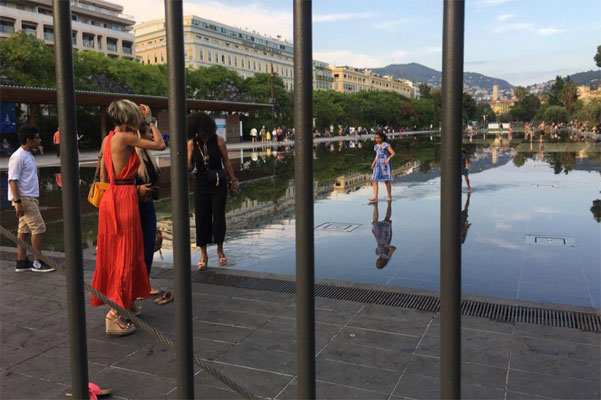
The ‘Mirroir d’Eau’ off Place Masséna
The surrounding area is full of tourist sights and activities: the Coulée Verte is a recently renovated, well-fashioned park space with a popular and photogenic ‘Mirroir d’Eau’ (a floor-level ‘water mirror’ that reflects the sky and surrounding landscape) just off the imposing and relatively iconic Place Masséna; shopping can be done on Avenue Jean Médecin, which has a sizeable department store (Galleries Lafayette) and mall (Nice Étoile), as well as in the rues piétonnes (pedestrian streets – often for higher-end boutiques, but with shops at all price points); the old town and beach, as ever, lend themselves to a leisurely stroll, and the aforementioned Colline du Château (‘Castle Hill’) is very much worth the walk up for broad panoramas of the city and a peaceful, perched escape from street-level busyness.

Place Charles de Gaulle, the epicentre of the Marché de la Libération
While this article aims to be generally accessible for those less familiar with the region, it also hopes to appeal to returnees and seasoned travellers, or those who might be hoping to extend their trip beyond a snapshot, perhaps buying or renting an apartment in the area. Monoprix (Ave. Jean Médecin, Place Garibaldi etc.) is a very nice, well-laid out supermarket with very good (and fairly expensive) products, but there is nothing like buying from a specialised vendor directly. Place Saint-François is an intimate, centuries-old square home to select fishmongers and the Creperie Le Trimaran, excellent for sweet crêpes and savoury galettes. A thirty-minute walk down Ave. Jean Médecin or a short tram-ride away lies the area this article aims to give particular exposure to: Libération. This, because it is both very new and rather old, a recently reinvigorated space that has seen a more local hub emerge. There are three main adjacent factions that are drawing people in: the first, a well-established market that has grown in size and stature; second, the Gare du Sud, a brand-new food hall; third, a modern cinema complex (which shows some English-language films).
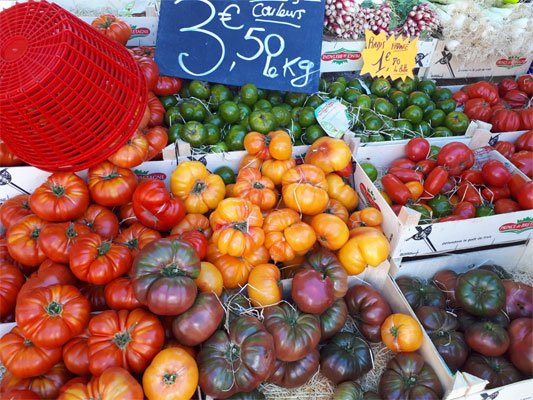
Fresh tomatoes in the Marché de la Libération
The outdoor market is, in my opinion, the best place to shop for fresh food in Nice. Produce is local, good quality and relatively affordable. It is little wonder many of the higher end, eco-friendly restaurateurs and home chefs shop here, as well as the local community. One practically walks into it while getting off the tram; alternatively, it is a short walk from the train station (Gare Thiers/Nice-Ville) and accessible by car at various entry points. The conveniently located underground parking garage takes you directly to the outdoor Italian café at the rear of the Gare du Sud, opposite the cinema. One can then either go through the building or alongside it to the market. Most iconic, perhaps, are the stalls on the Place du Général de Gaulle and opposite the Gare du Sud. This includes a row of fishmongers that flank the eastern façade – Les Coquillages de Chantal is one of the best, and often has finer items like lobsters, scallops and samphire. The restaurant and wine bar opposite, La Cave Champenoise, is a good place to try before you buy (they serve Chantal’s oysters and seafood platters), or indeed have a drink before heading to the movie theatre. The market itself sprawls out considerably, with stalls lining Boulevard Joseph Garnier and another small arm just off the Rue de Dijon. The old indoor market on Rue Raiberti, selling meats, cheeses and more, is also still open and very much worthwhile.
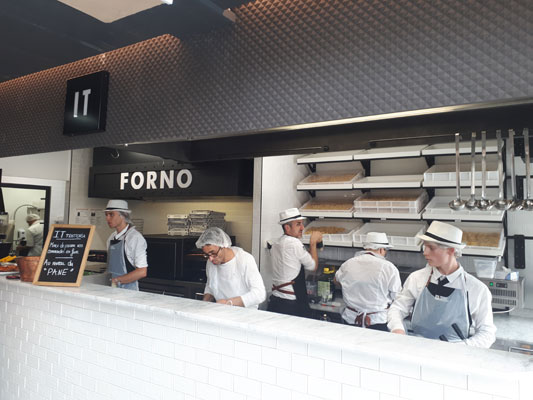
The Italian café and pizzeria at the rear entrance of the Gare du Sud
Finally, onto the Gare du Sud, on which note this article will conclude. Originally a pan-regional train station inaugurated in 1892, it was closed in 1991 (its successor lies only a few minutes away). After many false dawns and many more threats of falling into complete disrepair, the project for (remarkably) the first halle gourmade (‘gourmet hall’) in France was initiated by Reichen et Robert, a Parisian architecture studio also responsible for the remodelling of the façade of the Opéra Bastille. The building reopened its doors some few months ago this year. Visually, at least, it is a nice-looking space, even if scratching beneath the surface is a bit hit and miss (food varies hugely in quality; alleyways are much too narrow, especially on the top floor; queues can be a significant problem etc.).
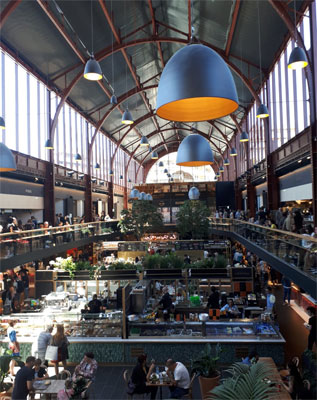
The interior of the revamped Gare du Sud
Modelled, or at least inspired in part on similar continental food courts, but tarnished somewhat by the American penchant for franchise, it is a distinctly lesser experience than equivalents across the UK, Spain and Italy (Madrid being a particularly notable hub – hors concours, I might suggest).
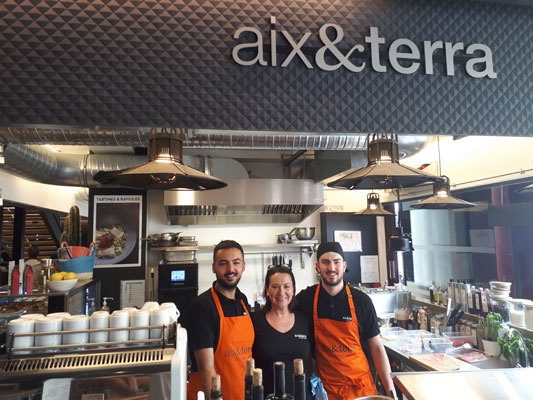
The owner Marina with her assistants at aix&terra
For Nice, it is at least something different. The approach has shown some intent to be cosmopolitan, with various international foods on offer, but the ensemble comes off as a little lacking, a little – dare we say it – provincial. There is at least one positive upshot of this, and that is a provençal stand called aix&terra with very agreeable handmade ravioli, available with a range of sauces, which are available to buy in jars. The poivronade (red pepper) and artichonade (artichoke) go best with the pasta, while a truffle and garlic sauce is also popular. The latter, however, is a little overpowering and somewhat heavy-going (especially in the aestival period for which it is apparently intended), with the balance very much in favour of garlic, taking away from the naturally very flavourful ravioli. The ceviche – or at least the one I had (they change daily) – was unfortunately uninspired, aqueous and insipid, but perhaps that was bad luck. Any shortcomings are, however, very much compensated for by the friendliness of the staff; a treasure in a country known for its particularly unamenable service. I was too full for desert but was given a delicious sample of a chocolate-caramel fondant, again with ingredients available to take home. Those wanting fish may wish to try the Café de Turin branch opposite, but the original on Place Garibaldi is such an institution that it would be a shame not to go there instead. Not far from the Port, it is a site worth seeing, with a towering statue of its namesake in the centre and a broad tram intersection. For a special type of Pizza you won’t find anywhere else (well: other than in Recco, a remote village near Genoa), try Sentimi, also on Place Garibaldi, which has a large outdoor seating area and is open late by French standards. The ‘Delicata’, ‘Siciliana’ and ‘Parmigiana’ are highly recommended, and the more traditional thin crust pizzas are also very good (opt for the simpler ones, like the the ‘Bufala’ and ‘Napolitana’, as the San Marzano tomato sauce is particularly tasty). Fabio, the charming owner, is often on hand for recommendations. So too, just off the square, on Rue Bonaparte, is Déli Bo, especially remarkable for being open for lunch until 5 pm., as well as having a very good menu. Pascal, on a good day, can wax lyrical about his menu, which makes for great entertainment. Salmon and white fish are very well prepared, as are fusion dishes, summery salads and artisanal pastries and deserts.

